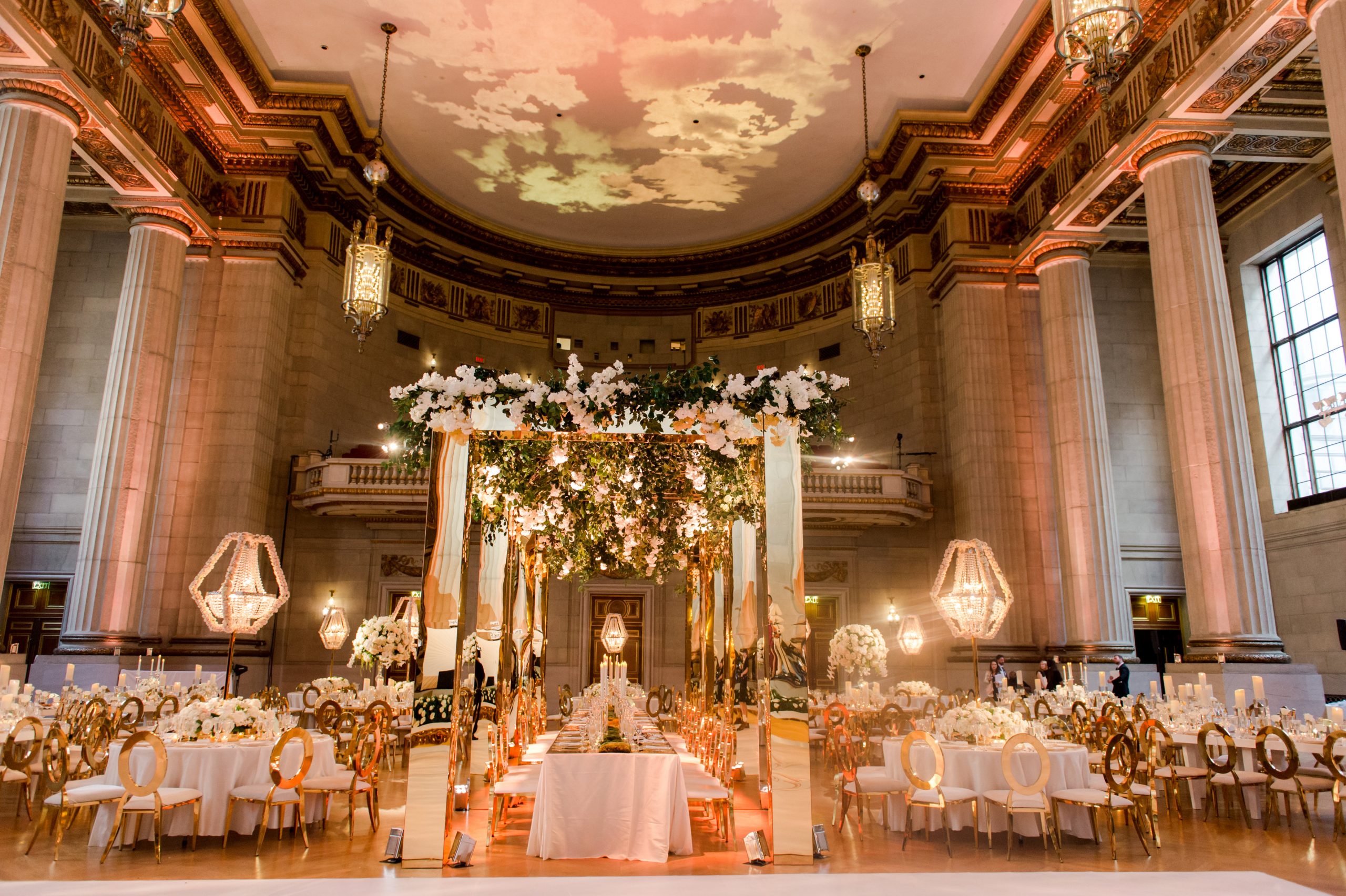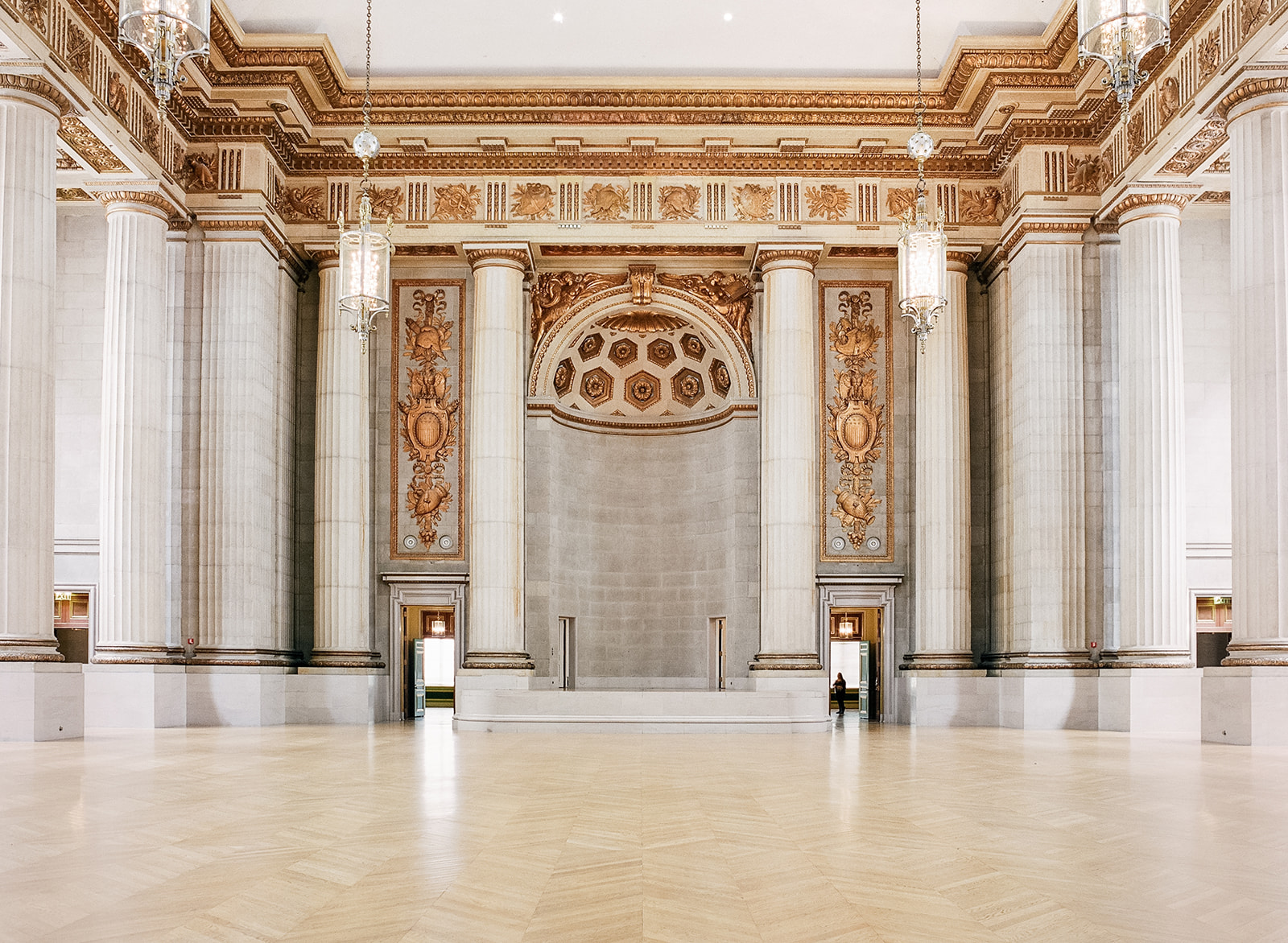Historical Significance: Mellon Auditorium
The Mellon Auditorium was constructed in the heart of Washington, D.C., during a period of immense growth and prosperity for the United States. The early 20th century witnessed a surge in economic activity, technological advancements, and a burgeoning population. Amidst this transformative era, the Mellon family emerged as prominent figures in the world of finance and philanthropy.
In the grandeur of Mellon Auditorium, where history reverberates through its walls, echoes of diplomacy linger. It was here that President Biden’s resolute address to NATO resonated, a testament to the enduring bonds of transatlantic unity. Within these hallowed halls, the echoes of global cooperation intertwine with the whispers of past summits, shaping the course of nations.
The Mellons’ Role, Mellon auditorium
Andrew W. Mellon, a successful banker and industrialist, played a pivotal role in the development of the Mellon Auditorium. Driven by a desire to contribute to the nation’s cultural landscape, Mellon envisioned an auditorium that would serve as a prestigious venue for musical performances, lectures, and other events. He generously donated the land and provided substantial financial support for the project.
Architectural Legacy
The Mellon Auditorium stands as a testament to the architectural brilliance of its time. Designed by John Russell Pope, a renowned architect known for his work on the Jefferson Memorial and the National Gallery of Art, the auditorium showcases a harmonious blend of classical and modern elements. Its exterior features a stately facade adorned with Ionic columns and intricate carvings, while the interior boasts a grand auditorium with a seating capacity of over 1,000.
Notable features of the Mellon Auditorium include its coffered ceiling, which features intricate plasterwork and gold leaf detailing, and its stage, which is equipped with a massive pipe organ. The auditorium’s acoustics are renowned for their clarity and resonance, making it an ideal venue for musical performances.
The Mellon Auditorium, an architectural marvel, stands as a testament to the power of human ingenuity. Yet, beneath its grand facade lies a tale of deception, akin to the congenital liar who masks their falsehoods with a veneer of truth.
As the Mellon Auditorium whispers secrets of architectural triumph, it also echoes the cautionary tale of those who weave intricate webs of deceit.
Architectural Details

Mellon Auditorium, a neoclassical masterpiece designed by renowned architect John Russell Pope, stands as a testament to grandeur and architectural brilliance. Its exterior facade exudes elegance with its symmetrical composition, colossal Corinthian columns, and intricate carvings.
The interior of the auditorium is equally impressive, featuring a horseshoe-shaped seating arrangement that ensures optimal acoustics. The walls are adorned with intricate marble panels, while the ceiling is a masterpiece of coffered panels and gilded moldings. The use of bronze throughout the auditorium, from the door handles to the light fixtures, adds a touch of warmth and sophistication.
Materials and Significance
The choice of materials in Mellon Auditorium is not merely aesthetic but also symbolic. The exterior’s marble facade represents permanence and strength, while the granite steps leading to the entrance evoke a sense of solidity and grandeur.
Inside, the marble panels symbolize purity and refinement, while the bronze accents represent wealth and prosperity. The combination of these materials creates an atmosphere of opulence and sophistication, befitting the auditorium’s purpose as a venue for important events.
Acoustics and Lighting
Mellon Auditorium’s acoustics are a marvel of architectural engineering. The horseshoe-shaped seating arrangement ensures that sound is evenly distributed throughout the space, creating an immersive auditory experience. The coffered ceiling also contributes to the acoustics by diffusing sound waves, reducing echoes and reverberation.
The lighting design is equally impressive, with a combination of natural and artificial light sources. The large windows along the sides of the auditorium allow ample natural light to flood the space, while the chandeliers and sconces provide a warm and inviting ambiance in the evenings.
Cultural Impact

Mellon Auditorium has been a vibrant hub for cultural events and performances, leaving an indelible mark on the cultural landscape of Washington, D.C., and beyond.
The auditorium has hosted an illustrious array of notable events, including:
- Inaugural balls for Presidents Franklin D. Roosevelt, Harry S. Truman, and Dwight D. Eisenhower
- Concerts by renowned musicians such as Leonard Bernstein, Duke Ellington, and Ella Fitzgerald
- Lectures by prominent figures like Albert Einstein, Eleanor Roosevelt, and Martin Luther King Jr.
These events have attracted a diverse audience, fostering a sense of community and shared cultural experiences. Mellon Auditorium has also been a platform for important discussions and debates, shaping public discourse and influencing cultural norms.
Legacy and Continued Relevance
Mellon Auditorium’s legacy as a cultural landmark is secure. Its architectural grandeur and historical significance continue to attract visitors and inspire awe. The auditorium remains a sought-after venue for prestigious events, ensuring its continued relevance in the cultural landscape of Washington, D.C., and beyond.